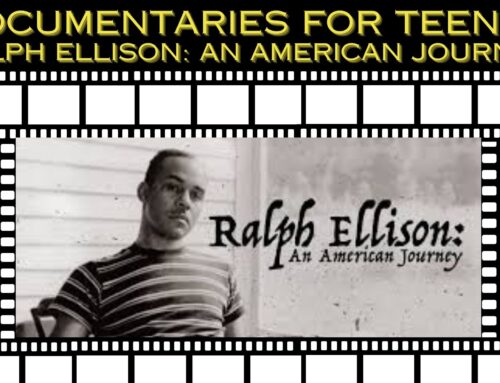The 2021 Charles County Improv Bee for Teens is back! This year, we’re going virtual, so some of the games have changed. You can learn more about how to play the games here:
Here is a list of the games:
- Expert Panel: As a TV show host, the moderator asks questions about various topics and the performers answer while playing experts in certain fields, like an astronaut or a pro golfer.
- Four Corners: Each of four players will be paired up with two other people, one at a time. The players take turns doing scenes (ex. Batman and Robin or Getting a pizza) and the two people who have that scene will play it out until a new scene has them move to the next person. They continue their scene when it’s their turn, but also need to be ready to do their other scene. It’s fun and funny, and allows for scene development to expand.
- Freeze: Two team members start a scene, and somebody yells “Freeze” and takes over one person’s pose and starts a whole new scene. Movement is essential, so the next person can assume the pose.
- TED Talks: Four students lead a talk on the subject that we suggest. The performers must then give a powerpoint-type presentation, but the PowerPoint “slides” are randomly shown, and have never been seen before by the performer. Each team member must explain their slide in the context of the TED Talk, and then the next team member continues with a new slide.
The Charles County Improv Bee for Teens is on Saturday, February 13th, from 1pm-4pm, and you can register for it here.
Want to learn more about Improv?
We have books available online for you right now on Hoopla Digital.
Improv Nation by Sam Wasson
In this richly reported, scene-driven narrative, Sam Wasson charts the meteoric rise of improv from its unlikely beginnings in McCarthy-era Chicago. We witness the chance meeting between Mike Nichols and Elaine May, hang out at the after-hours bar where Dan Aykroyd hosted friends like John Belushi, Bill Murray, and Gilda Radner, and go behind the scenes of cultural landmarks from The Graduate to The Colbert Report. Along the way, we befriend pioneers such as Harold Ramis, Chevy Chase, Steve Carell, Amy Poehler, Alan Arkin, Tina Fey, Judd Apatow, and many others. Wasson shows why improv deserves to be considered the great American art form of the last half century.
Improv Show by Virginia Loh-Hagan
Improv Show guides students as they conceive and set up their own improv show for their friends and community. The considerate text includes easy-to-follow lists and will hold the readers’ interest, allowing for successful mastery and comprehension. Written with a high interest level to appeal to a more mature audience, these books maintain a lower level of complexity with clear visuals to help struggling readers along. A table of contents, glossary with simplified pronunciations, and index all enhance achievement and comprehension.
Improv for Actors by Dan Diggles
In this step-by-step guide, an actor and improvisational teacher brings his tested methods to the page to show how actors can take risks and gain spontaneity in all genres of scripted theater. Through 28 lessons-each of which includes warm-ups, points of concentration, and improvisation exercises-Improv for Actors provides insights into thinking and reacting with fluidity, exploring a character’s social status, using the voice and body as effective tools of storytelling, and more. Actors of all levels will soon be able to give a fresh, original approach to classic characters, create funnier performances in farce and comedy, and make dramatic characters richer and more believable.
Long Form Improv by Ben Hauck
The Complete Guide to Creating Characters, Sustaining Scenes, and Performing Extraordinary Harolds
Long-Form Improv deftly teaches the wildly popular form of improvisation that is so foundational to the comedy stylings of many of today’s top actors and thriving comedians. Crammed with innovative ideas for conceptualizing improvised scene work and “finding the game of the scene,” this crisply written manual covers techniques for experienced improvisers, curious actors, and even non-actors.
A complete long-form improv resource comprising topics like ideation and character creation, improvising scenes for extended periods of time and enhancing them-and even performing the most famous expression of long-form improv, the half-hour improvised form known as “The Harold”-this astute text is written in a friendly, supportive voice by an experienced improv teacher and professional actor whose own frustration in learning the craft drove an obsession to create a program free of confounding teachings and contradictory concepts. The book’s groundbreaking infusion with drama theory and game theory brings new life to the teachings of the craft, breaking down various aspects of long-form improv into short chapters for swift, step-by-step intake of its vital lessons.
Students of acting and long-form improv alike should expect Long-Form Improv to bolster their education and fast-track their course to improv greatness.
Want to know even more about improv?
Here are the first ten laws of Improv, as provided by the Pan Theater.









